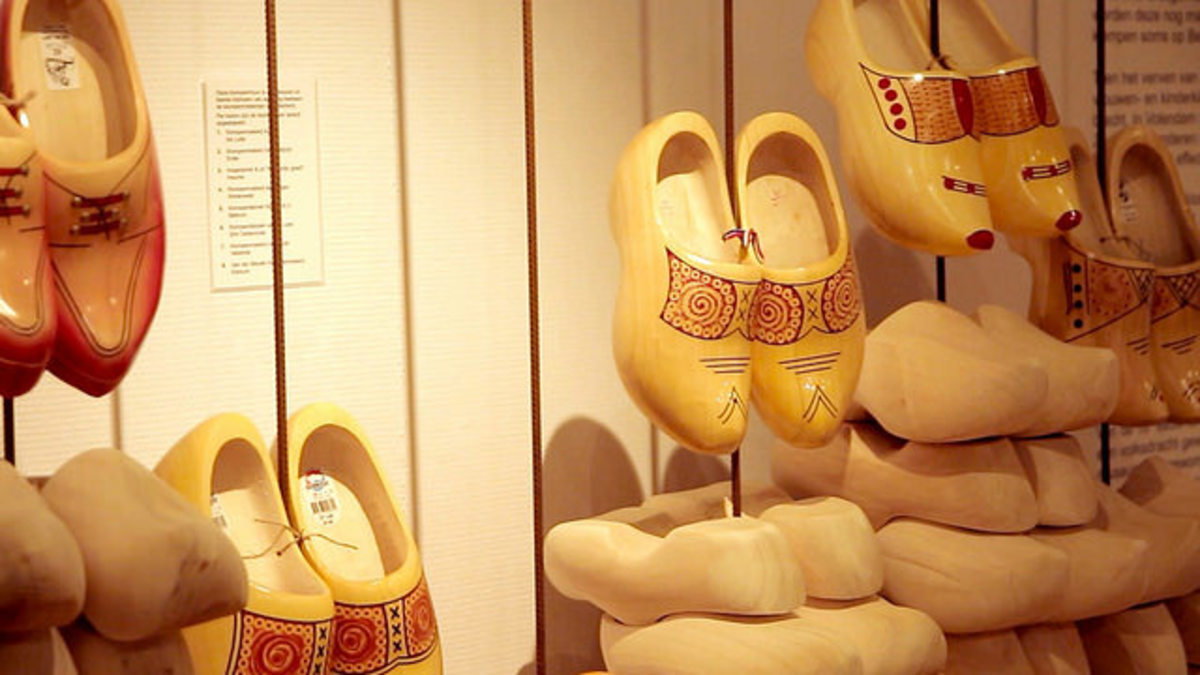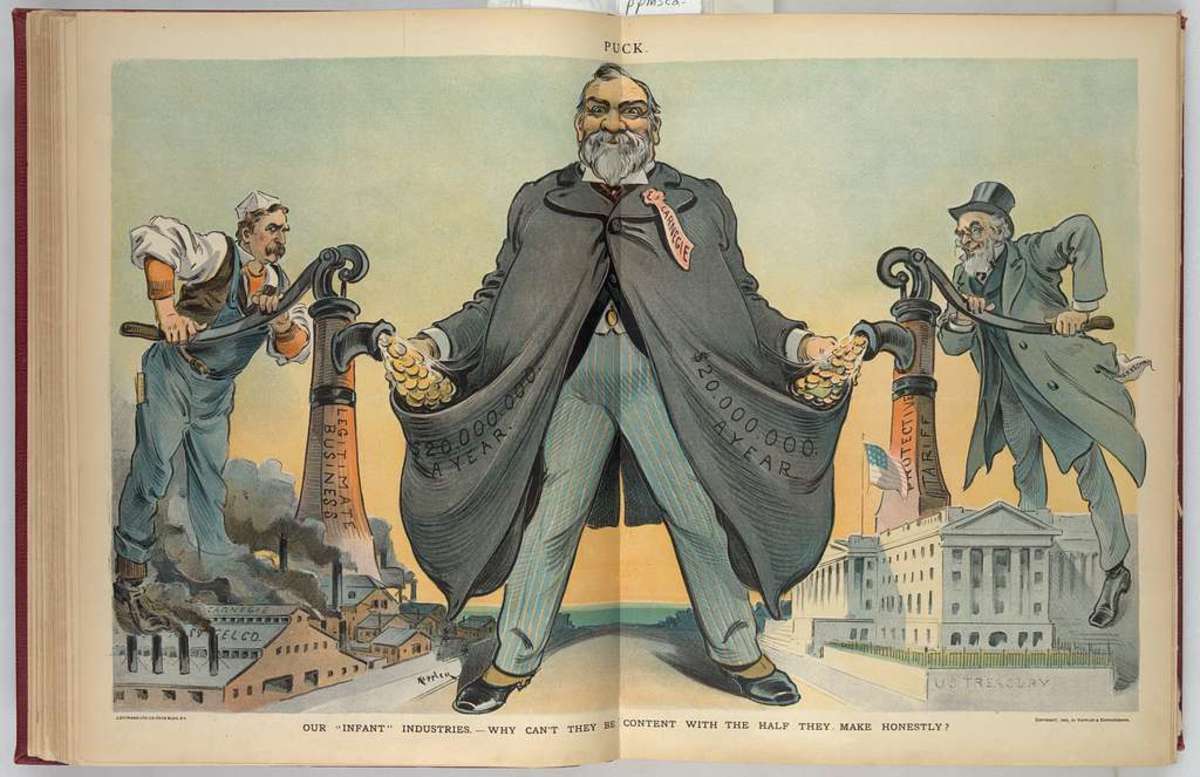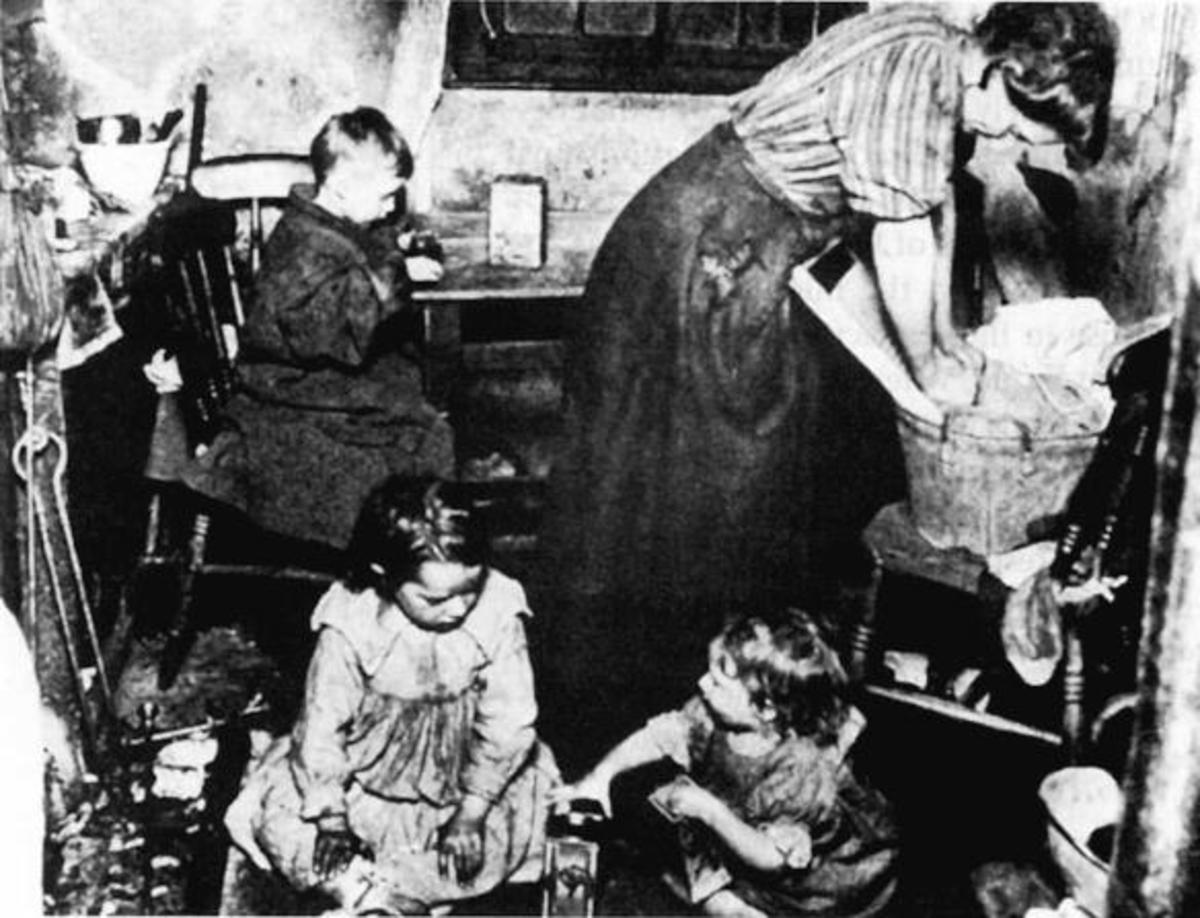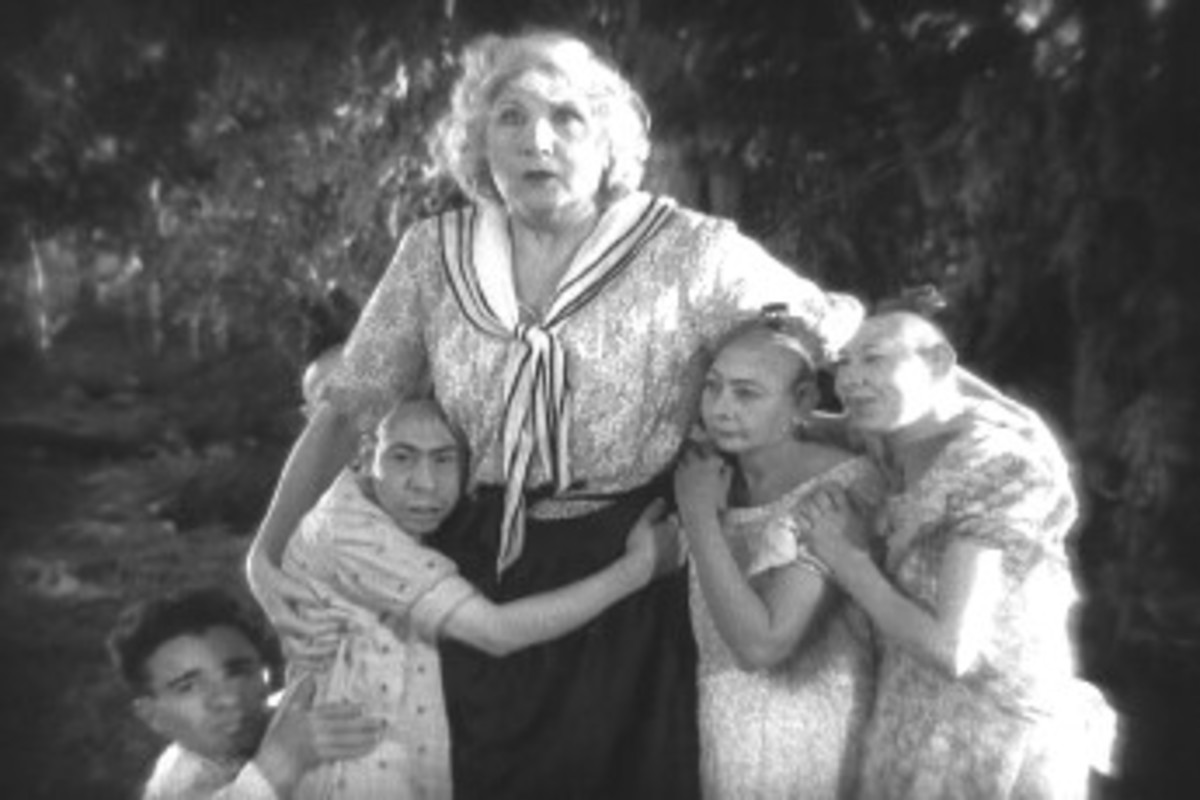Living And Dying Hard: Working In Newfoundland's Fluorspar Mines
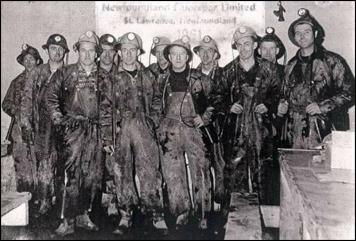
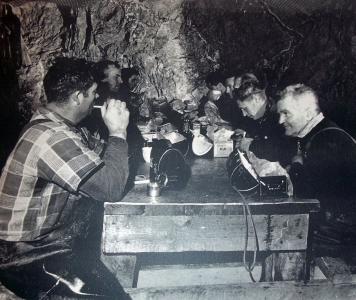
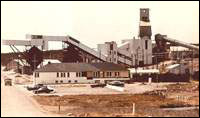
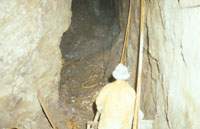
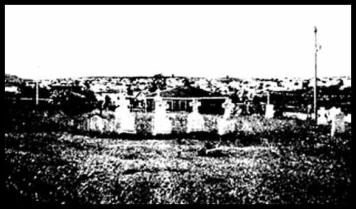
The Legacy Of Mining: Silicosis And Other Industrial Diseases
The mines thrived in St. Lawrence, Newfoundland during the war years. The companies made a profit. Yet, at what price? While the community grew, gaining an arena and other amenities, the cost to workers was to prove too high.
Health Concerns Continue to Surface
In the 1950s, the rate of lung cancer in St. Lawrence was higher than it was elsewhere in the province. In fact, miners in St. Lawrence were 29 times more likely to die from cancer and other respiratory issues. Yet, the first confirmed case of death from silicosis was not noted until 1953. After that, with the establishment of a local hospital in 1955, the impact of the disease began to be felt. Statistics indicate that up to 1960:
- 22 individuals were confirmed as having dies from silicosis
- 10 of the 22 had died before 1950 during the surface mining process
- 26 had died from various other respiratory illnesses
- The average age at death of the miners was 46
Closer determination from this period concluded the root of the problem was not the result of silica dust but from exposure to radioactive radon gas in the dust, in the air and drinking water. While the union began to increase its lobbying against the Company, it and the Canadian government (Newfoundland had been under British rule until joining Canada in 1949) began to maneuver, establishing their position. Marches took place throughout the 1960s. Many of them were seeking support for the growing needs of the sick and dying miners, but with little apparent affect. The Union had established a sick fund but more was needed to ensure the families were compensated upon the death, often a lingering one, of the family bread winner. They wanted the company to pay or, at least, government help
At issue were the rights of workers to receive Workers’ compensation. While the Canadian Act said this was valid, it did not cover those workers who fell ill or died prior to the passing of the Canadian Act. In the 1970s, provincial legislation saw to it that the workers who had been harmed from their years in the mines were to be taken care of. They would automatically become eligible for Workers’ Compensation.
Taking the official and unofficial estimates together, however, the figure is somewhere between two and three hundred. While their numbers have diminished, ex-miners continue to grow ill and die today.
Closing the Mines
In the end, it was not health concerns but economic reasons that saw Alcan close the mines in St. Lawrence. A down turn in the American market for the product saw the Company rethinking the need to keep operating the mines in St. Lawrence. They were barely functioning in the 1960s. They shut them down in 1978.
The legacy of poor health, however, remained behind with the miners dying from silicosis and other related lung diseases. While the number of miners dying from respiratory diseases has continued to decrease over the years an estimate of how many have died due to the negligence of the company and inaction of the governments is close to 300.
Will History Repeat Itself?
Many men have lost their lives in St. Lawrence to the fluorspar mines. In the past two years, Canadian Fluorspar Inc (CFI) has begun to work in the area to reopen the mines once again. The company claims to be taking as many precautions as possible and instituting safety and responsible safety and health measures. Proponents of the reopening of the mines say they are certain that improved ventilation shafts will ensure the health and safety of the workplace. Let us all hope that history does not repeat itself.
Sources:
Elliott Leyton. Dying Hard. Industrial Carnage in St. Lawrence Newfoundland. Boulder Publications, Newfoundland, 1975, 1978.
Richard Rennie, “The Historical Origins of an Industrial Disaster: Occupational Health and Labour Relations at the Fluorspar Mines, St. Lawrence, Newfoundland, 1933-1945,” Labour/Le Travail, 55 (Spring 2005), 107-42.
St. Lawrence Heritage http://www.heritage.nf.ca/society/stlawrence.html
St. Lawrence Fluorspar Mine Closer To ReopeningCbc News online June 16, 2011. http://www.cbc.ca/news/canada/newfoundland-labrador/st-lawrence-fluorspar-mine-closer-to-re-opening-1.1120349
http://www.virtualmuseum.ca/sgc-cms/histoires_de_chez_nous-community_memories/pm_v2.php?id=exhibit_home&fl=0&lg=English&ex=767


